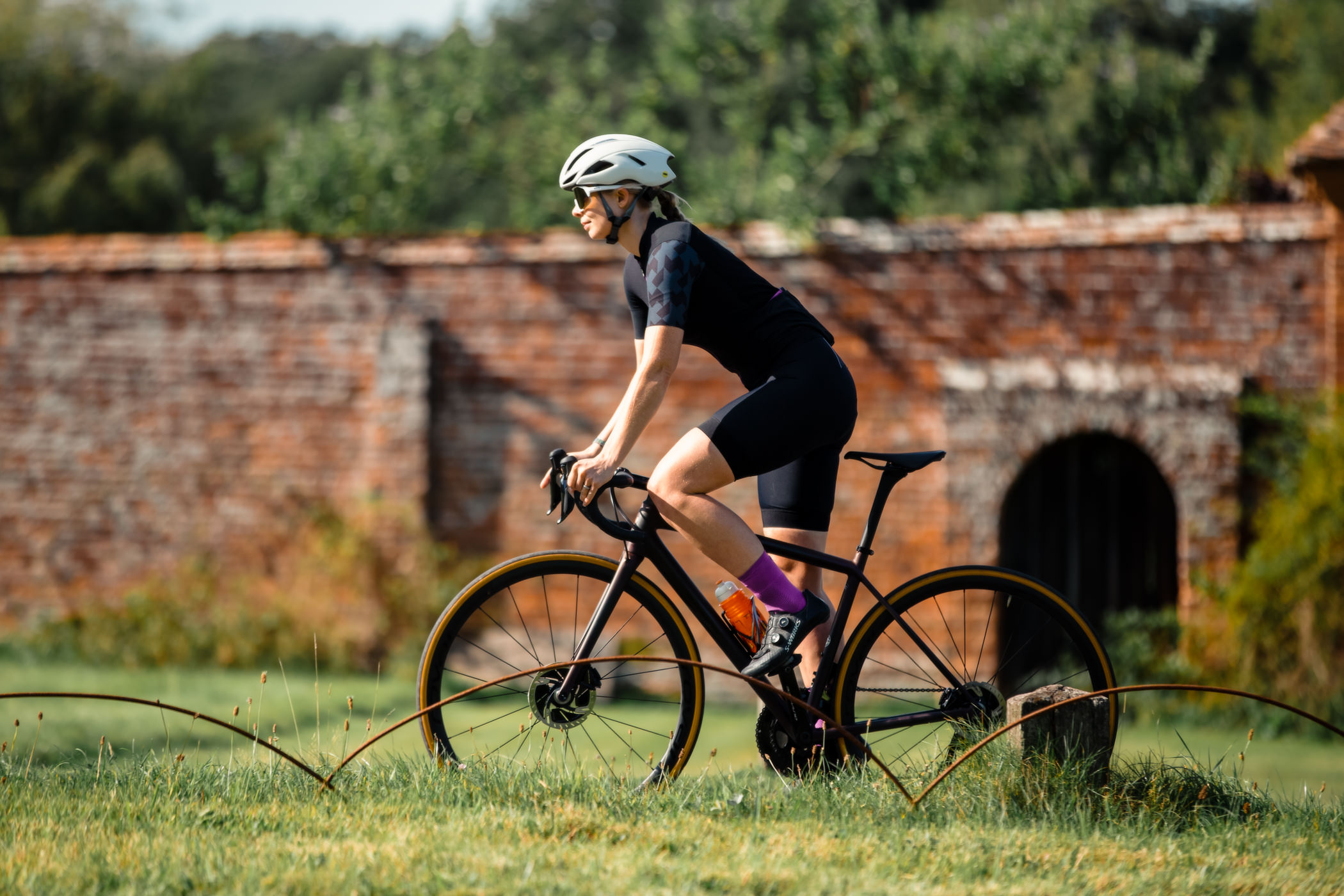Strava overhaul: leaderboard for paying customers only plus improved routes and training offering
The San Francisco brand is currently not a profit making company and wants to safeguard the future of Strava


Strava, the ride tracking, activity sharing platform founded in 2009, is making sweeping changes to its offering whilst changing the subscription model to safeguard the future of the app.
Major improvements have been made to the training and route planning sections - but alongside the roll-out, Strava is also moving some features including leadersboards and segment analysis under the subscription umbrella.
To simplify the offering, it's doing away with the somewhat shortlived 'Summit' model and replacing this with one subscription price, at £4 a month, whilst offering current non-paying members a 60-day free trial.
The changes begin from Monday, May 18 - and are accompanied by a letter from the founders, Mark Gainey and Michael Horvath, which explains the decision. They write: "Dedicating Strava to the community [subscribers] is... a commitment to longevity. We are not yet a profitable company and need to become one in order to serve you better. And we have to go about it the right way – honest, transparent and respectful to our athletes."

In a call with Cycling Weekly ahead of the changes, Horvath noted that alternatives for funding Strava might be selling data, something he said they'd never entertain - and the letter states: "We’ve also removed some distractions, such as Sponsored Integrations (the closest we’ve ever come to putting ads in the feed)."
The letter concludes: "We think that $5 [£4] a month for Strava is money well spent. But we also know, especially lately, that there are athletes struggling to make ends meet and that the free version of Strava must remain high quality and useful. Rest assured that we will always offer a version of Strava for free, and you belong in this community whether you subscribe or not."
What do the changes mean?
There's a lot of new functions, as well as some features that non-paying members won't have access to. Here's a look at each in detail:
The latest race content, interviews, features, reviews and expert buying guides, direct to your inbox!
Training insights
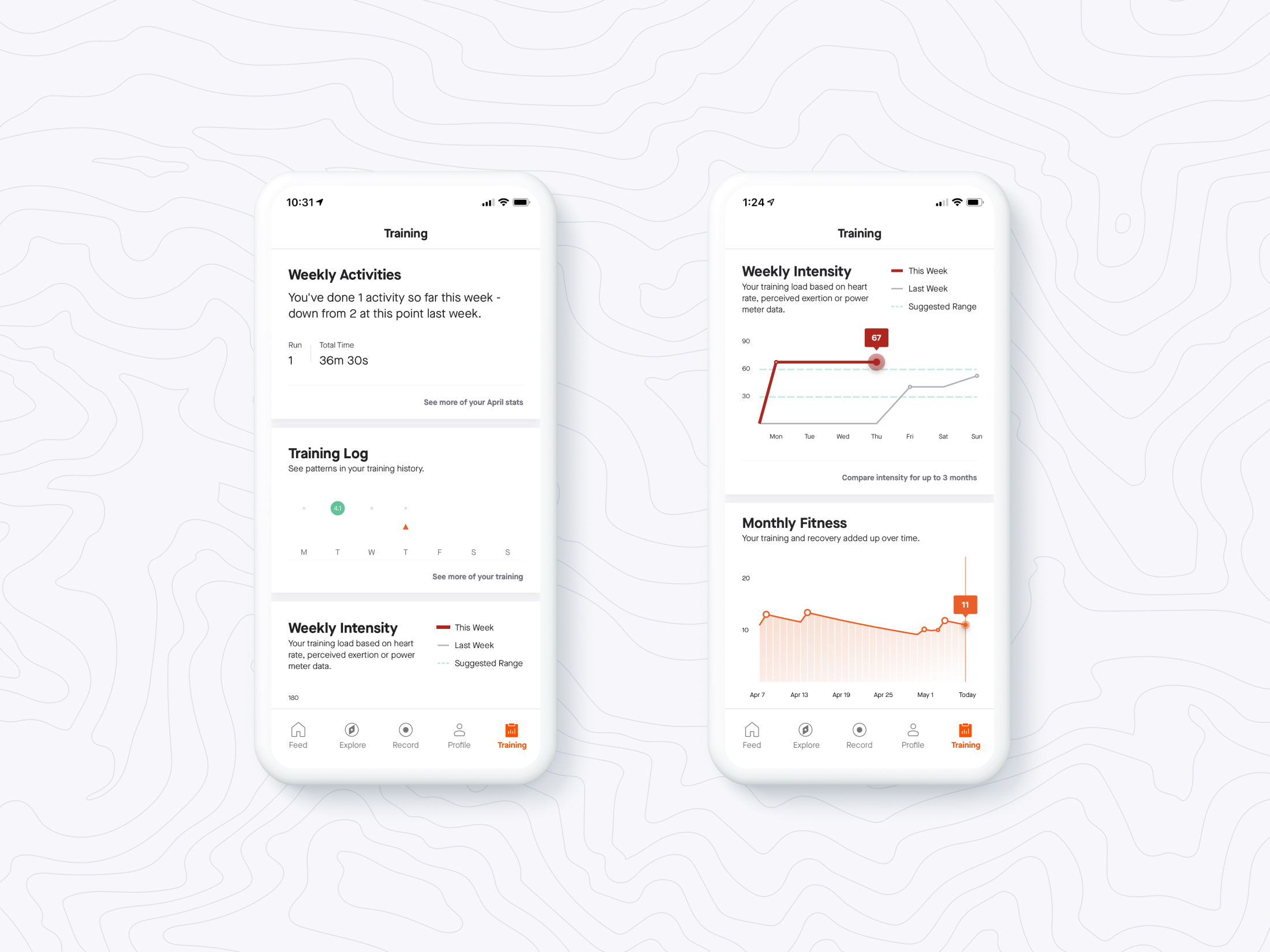
Strava introduced greater training insights, such as performance tracking much like the Performance Management Charts in Training Peaks in 2018. However, it's now gone much deeper, adding much more analysis.
The 'Summit' tab is now the 'Training' tab. This includes four key areas: Weekly Activities, Training Log, Weekly Intensity and Monthly Fitness.
Where previously only running, swimming and cycling appeared here, now all 32 sports types uploaded to Strava will feature here.
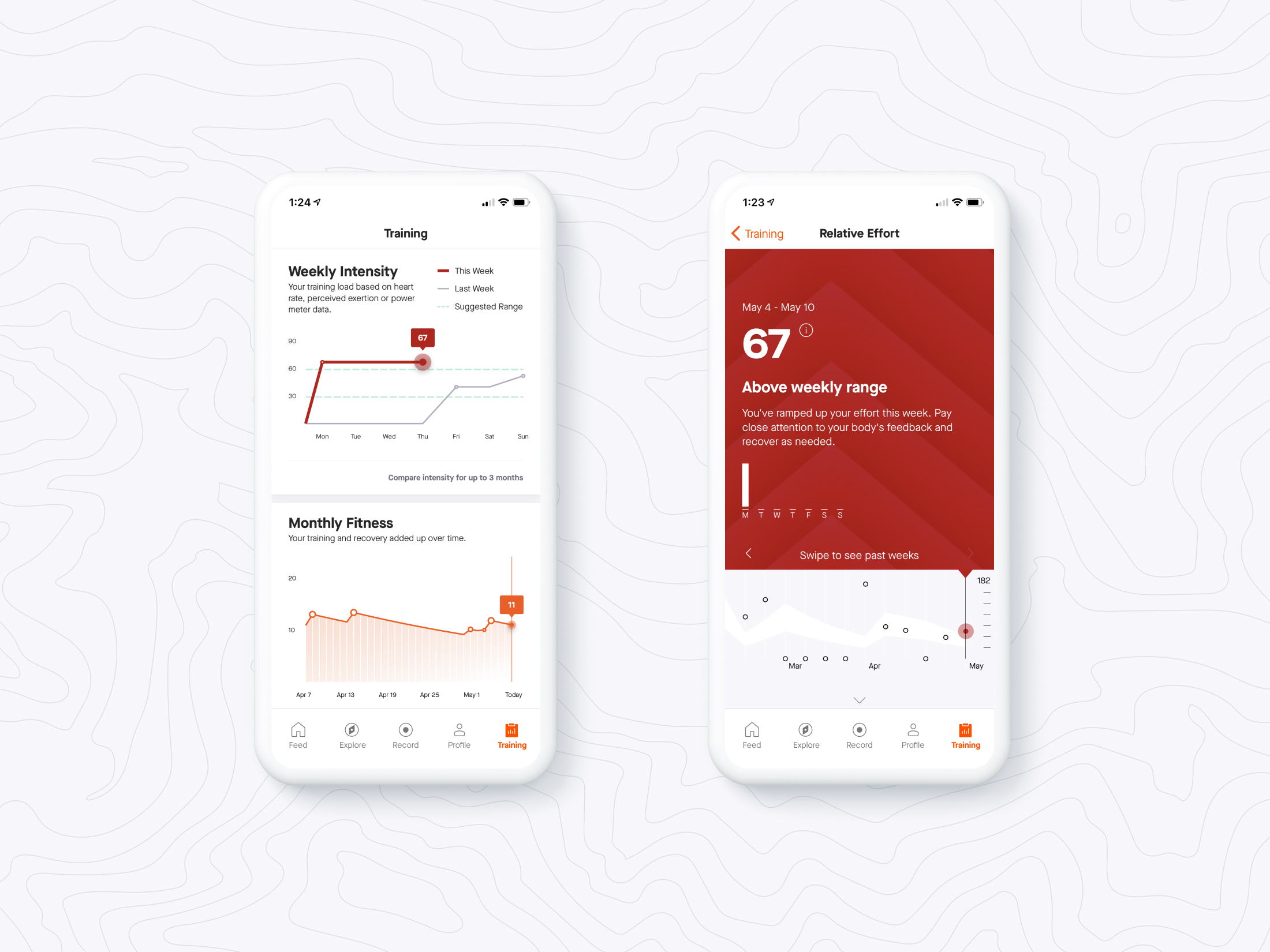
There are many cool new features, but perhaps the best is a new 'intensity log' - this allows you to track 'form', providing a suggested 'range' for your training plans for the coming week. If you're aiming to push the boundaries, you'd aim to the top of this range whilst a tapering or recovering athlete would aim to sit at the lower end - either side of the range would be too much or too little.
That's pretty neat, and this is coming from a paying Training Peaks user.
Improved 'routes' features
In our call, Strava co-founder Horvath noted that the routes features offered by Strava up until now have left a lot to be desired. But it's all change.
The new routes features work on the web platform, as opposed to the mobile version, as this is where most athletes plan rides.
The map includes three layers: a Basemap deveoped from MapBox, Global Heatmap, and Segment Explore - so you can plan a route which takes in specific segments.
The maps now provide advice on surface type. The insight was built based on data OpenStreetMap - which is used by other route planning platforms - with further augmentation based on the equipment athletes say they're using on rides. There will be the option to inform Strava if a surface type turns out to be wrong, allowing the community to hone the service over time.
Riders will be able to plan routes based on how much elevation they want to take in, how popular (but potentially busy) they want the route to be via the Heatmap, as well as desired distance and of course sport type.
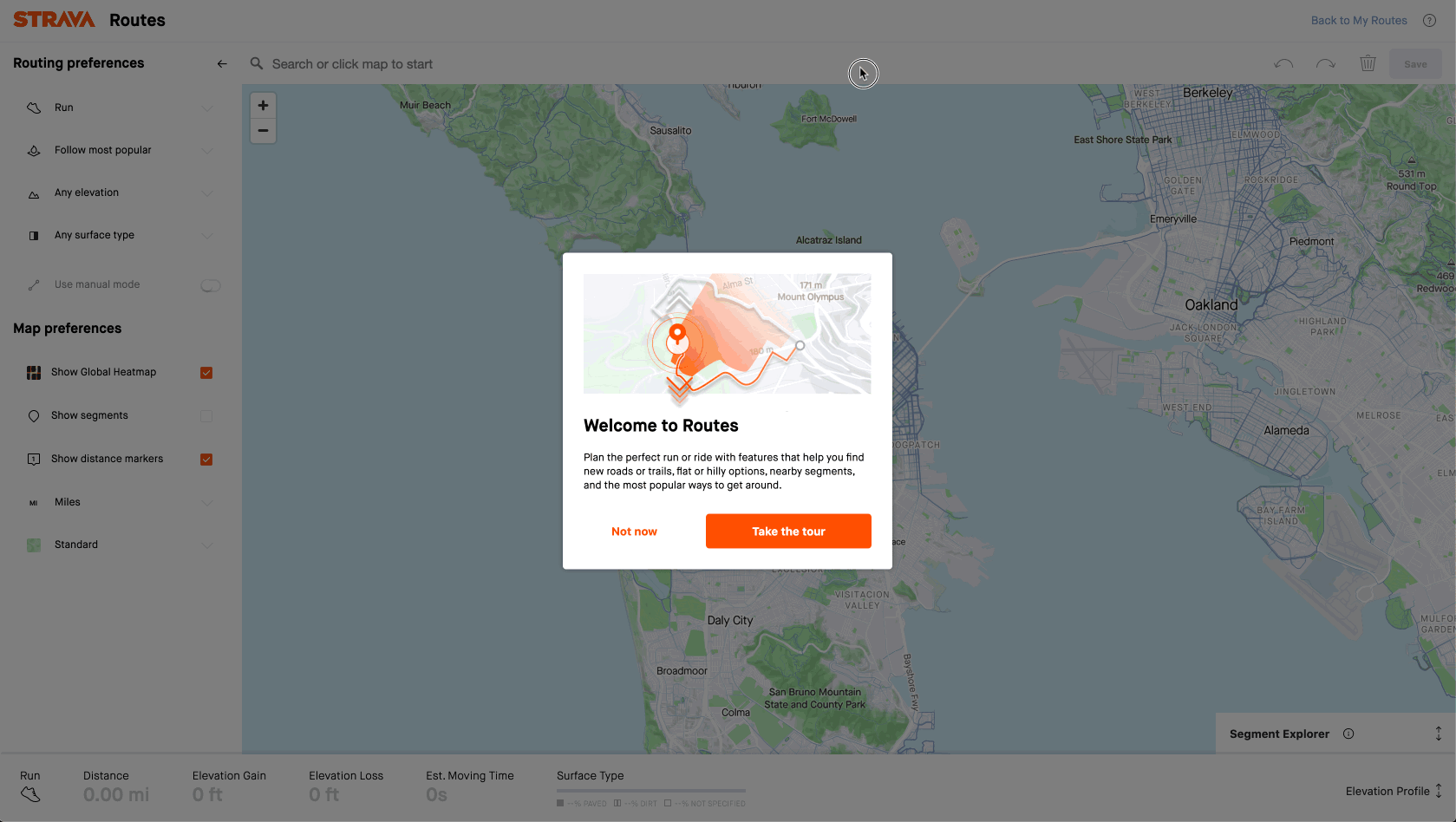
Recent changes to Garmin's API also mean riders can download their own routes or those of friends, directly to a Garmin headunit.
Subscription changes
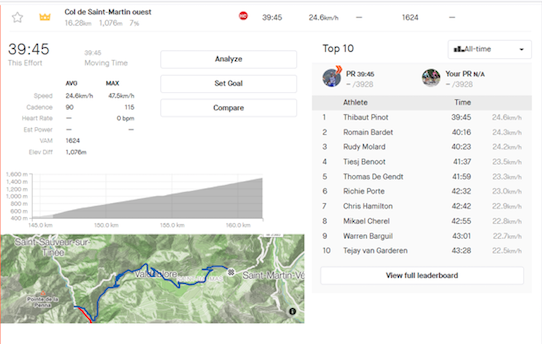
All this leads us neatly on to the changes in the subscription model.
Subscription now costs £4, and the Summit name is no more. The key, currently free, features that are moving over to the paid platform are Segment Leaderboards, Matched Runs and Matched Rides.
Free users will still be able to see when they're in the top 10 on a QOM/KOM leaderboard, and position, as well as seeing personal bests - but they won't be able to analyse those efforts, compare their own results over time, or see their position if they're outside the top 10.
Strava has also removed the leaderboards from third party apps, aside form 'trusted partners', including Garmin and Wahoo - so live segments will only work via approved devices.
All of these changes roll out from Monday, with a free 60-day trial for all those who are not currently subscribers.
Michelle Arthurs-Brennan the Editor of Cycling Weekly website. An NCTJ qualified traditional journalist by trade, Michelle began her career working for local newspapers. She's worked within the cycling industry since 2012, and joined the Cycling Weekly team in 2017, having previously been Editor at Total Women's Cycling. Prior to welcoming her first daughter in 2022, Michelle raced on the road, track, and in time trials, and still rides as much as she can - albeit a fair proportion indoors, for now.
Michelle is on maternity leave from April 2025 until spring 2026.
